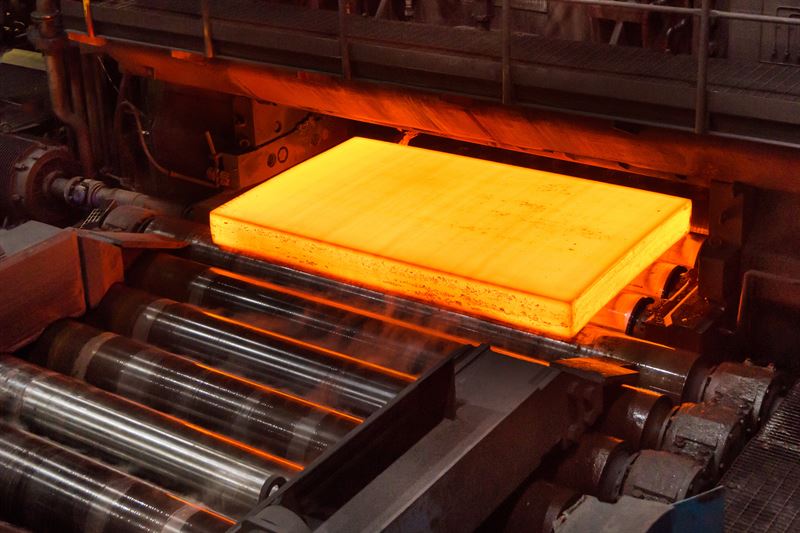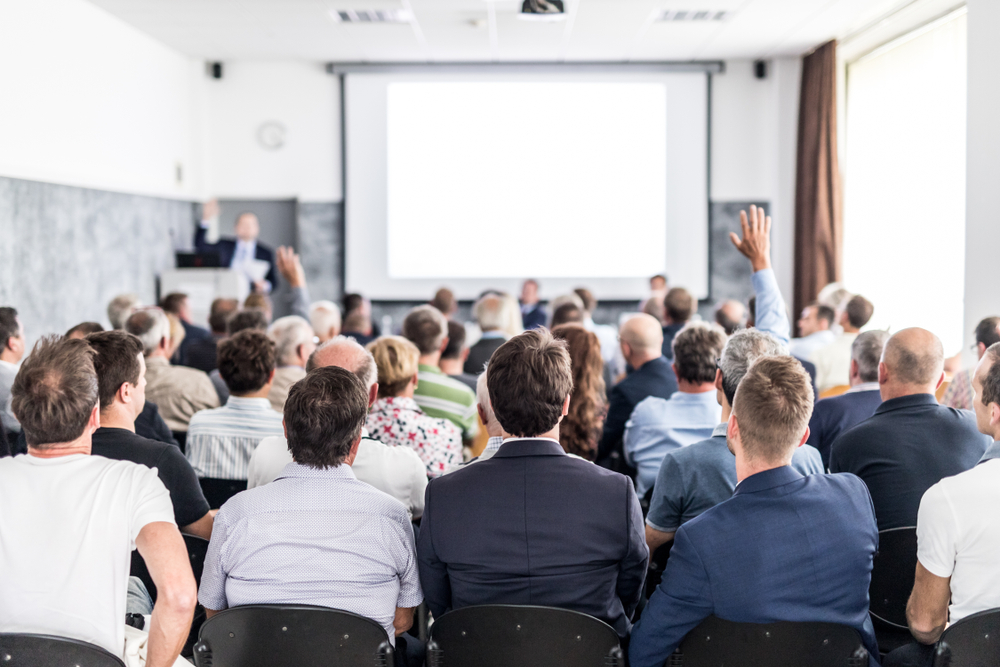ImpactAlpha, Feb. 7 – The crossover has arrived for carbon, the commodity that will increasingly drive the global economy.
The rising prices around the world for a ton of carbon – or rather, the avoidance or reduction of the dominant greenhouse gas driving global warming – is showing up in corporate capital expenditures, investment decision-making, conservation financing and crypto speculation.
On Europe’s emissions trading scheme, carbon closed Friday at €96, or $110. In the two major regional carbon markets in the U.S., prices have more than doubled since the beginning of 2021. Prices in the voluntary markets have risen as well. Prices for methane, an even more potent greenhouse gas, also have jumped sharply.
The simple reason: demand for carbon reduction has finally overtaken the supply of carbon-reductions, from energy efficiency, forest conservation, regenerative agriculture to direct-air capture and other ventures and projects.
“In the past, when we saw a huge lack of demand and oversupply of solutions, we were continually trying to push the market, like, ‘Please, here’s a low-carbon solution,’” Rhea Hamilton, managing director of General Atlantic’s BeyondNetZero team, told ImpactAlpha.
Now, the opposite is true. “We’re in a supply-constrained world. Everybody’s trying to do what they can. And the demand is huge.”
The most obvious signal is the spreading adoption of ‘net-zero’ pledges by corporations. Companies’ first option is, and should be, re-engineering of their own operations to absolutely reduce emissions. The small remainder of hard-to-abate emissions can be offset with carbon credits on the variety of “compliance” and voluntary carbon markets.
“They’re looking for solutions,” Hamilton said. “There’s a demand for all sorts of tech and services and products to try to get there.”
Cost competitive
The carbon crossover is turning the “green premium” into a green discount. And including the cost of carbon is turning the “brown discount” into a brown premium.
Say goodbye to the higher price tag for low-carbon alternatives to conventionally produced steel, fertilizer, engines and other inputs to the global economy.
In some cases, green tech is already cheaper than legacy alternatives, as in the case of solar power and electric vehicles. Amazon, FedEx and other commercial fleet operators are scrambling to secure electric trucks and vans, signing big contracts long before the models roll out of factories as they compete for limited supply. Over their lifetime, lower maintenance costs, along with cheaper fuel, make electric vehicles more economical than internal-combustion vehicles, though upfront costs remain higher.
In other areas green alternatives are still more costly. But the rising price of carbon in voluntary and regulated markets and growing customer and investor demand for sustainability is rapidly changing the calculus.
One example is steel, a high-emission sector that is covered by Europe’s emissions trading scheme, and therefore directly affected by the rising price of carbon.
Steel is a key input for everything from buildings to cars to wind turbines. Nearly two tons of carbon are emitted for every ton of steel produced. The heavy duty metal can account for a third of the carbon footprint of a car, for example. Startups are looking at hydrogen, recycling and other methods for producing green steel, but the technology has yet to descend the cost curve. It costs about $200 more per car to use green steel, for example, but that hasn’t stopped automakers.
Take Mercedes-Benz’s new Vision EQXX. Along with its vegan leather interiors made from mushrooms and cactus fibers and its bamboo carpeting, the electric concept car it showed off at the Consumer Electronics Show uses recycled steel for its body.
Mercedes-Benz took an equity stake in Swedish start-up H2 Green Steel last May, as part of a pledge to incorporate low-carbon steel into its EQS Series electric cars by 2025.
Mercedes and other automakers may be able to pass along those premiums to customers. The EQS series, which hit the market late last year, start at more than $100,000. But even if they can’t, the marketing value outweighs the cost.
A net-zero car, “is much better in fact on their share price and the value of the company,” says BeyondNetZero’s Emmanuel Lagarrigue. “Most companies will be taking the premium in exchange for being able to say that they’re super green”
Companies outside of regulated markets are adopting internal carbon prices to model the real world impact on their operations and to inform investments. At a median $25, these “shadow” prices lag the regulated markets. But they are giving corporate bean counters a taste of what’s to come, as carbon markets converge and regulations expand.
GM uses a shadow price of $25 a ton to help it evaluate energy efficiency projects. Host Hotels & Resorts thinks $100 is more realistic. Microsoft goes further by charging each business unit a $15 a ton carbon fee based on the emissions they generate. The funds pay for sustainability projects such as renewable power, energy efficiency and the purchase of carbon offsets.
Whether via internal pricing or regulated and voluntary carbon markets, carbon pricing is doing what it was always intended to do: push companies to reduce emissions and invest in sustainable assets rather than pay up for offsets or credits. “It’s influencing how people are making decisions to create that demand,” says BeyondNetZero’s Rhea Hamilton.
Playing the market
We told you so. ImpactAlpha rounded up signals of the rising carbon market last April in “That feeling when investors realize carbon is going to $100 a ton sooner than they expected.”
After all, the impending crossover of supply and demand already is the way carbon markets are designed. New emission-trading schemes launch “long” to keep prices low and prevent economic disruptions, before flipping to “short” as allowances are reduced and demand increases. In Europe, regulators started ratcheting down allowances in 2018, forcing major emitters, from heavy industry to transportation, to buy credits from carbon averters. That ratcheting down led to the surge in prices over the past two years.
The California market, known as the Western Climate Initiative, is on a similar trajectory. From 334 million tons in 2020, the program’s emissions budget is set to fall to just over 200 million tons in 2030. The program covers the electricity, industrial and transportation sectors, which account for 85% of California’s emissions.
Experts estimate that meeting the goals of the Paris climate agreement will require a carbon price of more than $200 per ton by the 2030s.
“Suddenly we’re at a point where you hit that inflection where supply and demand flips,” Estabrook Carbon’s Edwin Datson said on an Agents of Impact podcast last year. “People start suddenly realizing not only will there be scarcity this year, but that scarcity will get worse and worse and worse. And then that really drives the prices up.”
Datson began exploring carbon-market strategies as an outgrowth of his venture capital investing in technology companies promising to reduce or remove carbon. Datson and other fund managers spot an opportunity to buy baskets of allowances and credits in a variety of markets to be able to mix and match them to meet the needs of various customers.
Trafigura Group, one of the world’s largest oil and gas traders, set up a carbon trading desk last year. Trafigura’s Hannah Hauman told Bloomberg last year that carbon trading could be 10 times bigger than oil. One of the earliest carbon hedge funds, from Northlander Commodity Advisors, recorded a gain of 148% last year, driven by the surge in European carbon prices.
The fragmentary carbon market is likely to converge over time. Negotiators at last year’s COP26 climate summit in Glasgow hammered out rules for a global market. Crypto climate coins also are facilitating trading between disparate markets.
“We think that there’s a huge opportunity to acquire a diversified portfolio of these things around the world,” Datson said in the podcast. As both the compliance and voluntary markets develop, the arrival of new players will create more liquidity.
“That will create more visibility. That will create more players. And there will be significant price appreciation,” he said. “That’s what we’re trying to do.”











